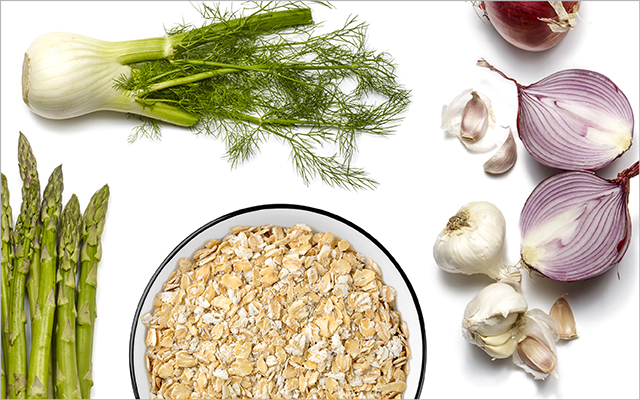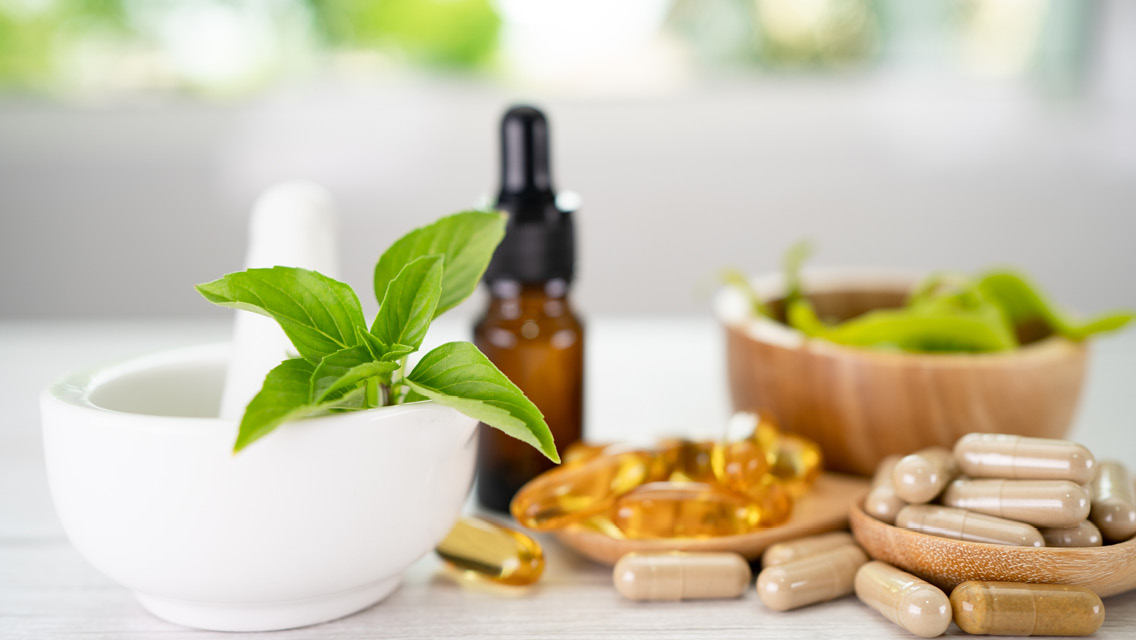As we pass beyond middle age, it’s natural to try to resist some of the changes that occur in our bodies. Yet recent research suggests there’s one place where we should encourage the evolution: the gut microbiome.
The mix of microbes that populate the gut remains relatively stable into midlife but begins to shift as we grow older. Healthier seniors tend to experience a much more beneficial transformation than their unhealthier counterparts, as Sean Gibbons, PhD, and a team of scientists from the Institute for Systems Biology discovered.
“A lot of aging research is obsessed with returning people to a younger state or turning back the clock,” Gibbons tells the New York Times. “But here the conclusion is very different. Maybe a microbiome that’s healthy for a 20-year-old is not at all healthy for an 80-year-old. It seems that it’s good to have a changing microbiome when you’re old. It means that the bugs that are in your system are adjusting appropriately to an aging body.”
Gibbons and his colleagues analyzed data on the sequenced microbiomes of more than 9,000 people, ranging in age from 18 to 101. Those whose gut population displayed the most “compositional uniqueness” contained higher levels of vitamin D and lower amounts of LDL cholesterol and triglycerides.
They also tended to host several specific metabolites — including indoles and phenylacetylglutamine — that have been shown to promote longevity. Indoles are also associated with cooling inflammation.
This healthier cohort saw a reduction in the prevalence of Bacteroides as their microbiomes transformed. These bacteria feed on the gut’s mucus layer when fiber is in short supply, which is not problematic for a young person, Gibbons explains. But the mucus layer thins as we move through middle age and beyond; feeding an army of Bacteroides can threaten that wall and trigger a harmful immune-system response.
The study didn’t focus on possible treatment strategies, but volumes of research have pointed to the importance of diet — particularly prebiotics, probiotics, and fermented foods — in maintaining a healthy microbiome.
“It may be possible to preserve the aging mucus layer in the gut by increasing the amount of fiber in the diet,” Gibbons notes. “Or we might identify other ways to reduce Bacteroides abundance or increase indole production through diet. These are not-too-distant future interventions that we hope to test.”






This Post Has 0 Comments